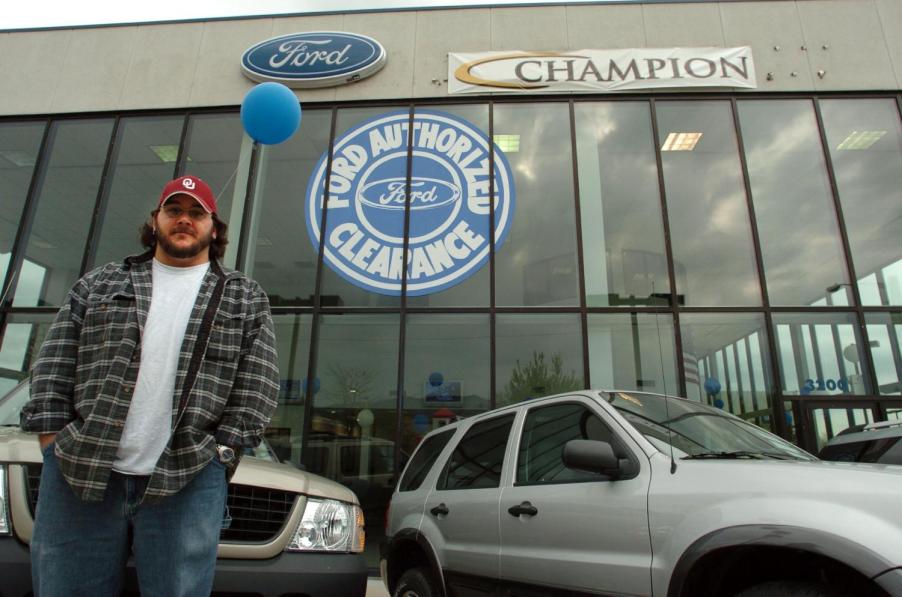
Were New Cars Really That Much Cheaper in the ’90s?
If you haven’t shopped for a new car in a while, then you’re in for a shock when you realize how outrageous prices have gotten. Many people are longing for the 90s, when prices weren’t really so high, and the data makes it obvious that prices have skyrocketed since then. Are car prices really that much higher now, however, and how does inflation play into this?
The price increase between the ’90s for new cars and today is eye-watering
In 2022, car prices were averaging around $46,290, according to Statista. This is an increase of 9.2% over 2021. Used cars aren’t faring much better, as some people are paying around $30,700. If you want a full-size SUV/crossover, then the cost is around $73,900. Back in 1990, in2013dollars.com reports that new car buyers were paying a mere $15,000. This increased to $17,304.46 by 1999. When you compare the data, a new car in 2023 costs around 44.39% more than it was in 1990.
$15,000 may have sounded high back then, but looking back, it’s cheap. Is it really, though? To answer that, you need to check the inflation rates between then and now.
How does inflation affect the current prices of new cars?
The interest rate has been steadily rising at a rate of about 1.12% a year since 1990. The biggest increase in inflation rates was in 2022 when it skyrocketed by 11.07%. In 2021, there was an increase of 5.56%, and in 2023, it increased by 3.49%.
Interestingly enough, a car that cost $15,000 in 1990 is worth around $21,658.51 today. To get this number, you use the inflation rate formula. You simply divide the CPI for 2023 by the CPI in 1990. Then multiply this by the U.S. value in 1990. The math looks like this: 174.668 / 120.969 * $15,000 = $21,658.51.
While this is a rather alarming increase, it’s not like it happened overnight. It’s been going on slowly, and we just haven’t noticed. For example, Energy.gov reports that by 2011, the cost of a new vehicle was 36% higher than it was in 1990. The prices jumped from around $15,000 to $25,048, or a $10,000 increase.
Why are new car prices so much higher?
There are multiple reasons for this. For one, prices are increasing everywhere. Gas, groceries, and other commodities we can’t afford to live without cost a lot, which is driving up the cost of everything.
Then there is the supply chain issue with the chip shortage and other auto parts. Things are getting better as the auto industry continues to recover from the pandemic, but it’s still not even close to meeting the demand.
New car buyers also need to know that the demand is incredibly high at the moment. For some vehicles, there is a waitlist of up to two years because so many people are eager to purchase that particular car. For those actually sitting on the lot, it’s all too easy for dealers to increase the price, and people will pay it.
It’s expected that prices will start to go down soon. Before you get excited, however, you should be aware that this is mostly because interest rates are increasing. Some used car buyers are signing up for financing with up to 12% interest, and new car interest rates aren’t much better.
Because of the combination of high prices and high interest, many potential new car owners are walking away, so something has to give. There are still cheap new cars out there, thankfully. You just have to be quick enough to get one, because they won’t be on the dealership lot for long.


